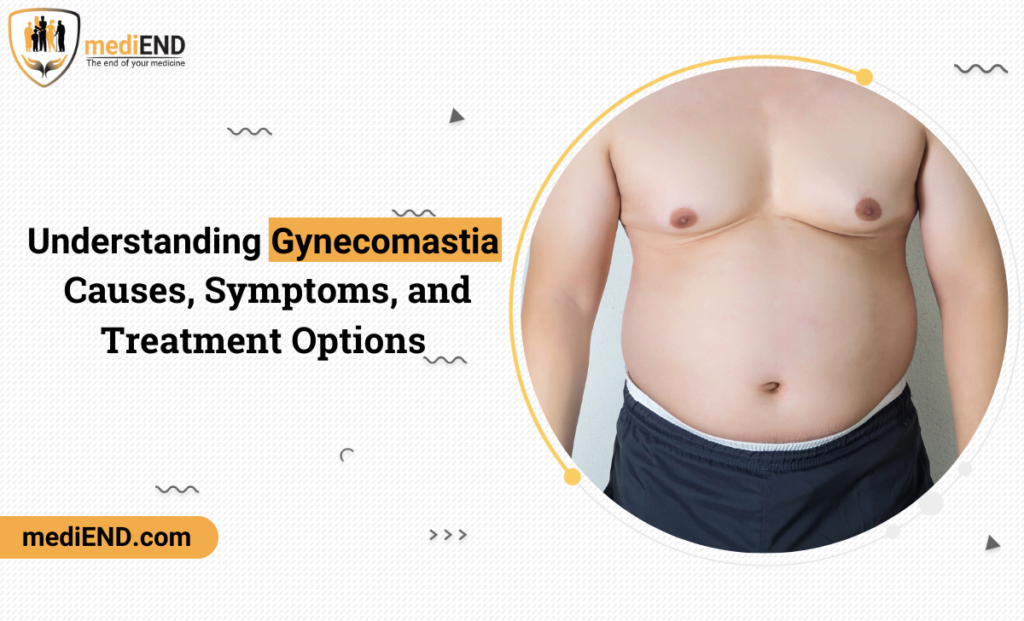A Cesarean section (C-section) is a surgical procedure used to deliver a baby through incisions made in the mother’s abdomen and uterus. It can be planned (elective) or emergency (unplanned) depending on the situation.
Types of C-Section
Elective C-Section
Planned in advance due to known medical or personal reasons.
Emergency C-Section
Done during labor due to complications that pose a risk to the mother or baby.
Indications for C-Section
Maternal Indications:
Previous C-section(s) with classical scar
Uterine rupture risk
Health conditions (e.g., heart disease, infections)
Fetal Indications:
Fetal distress (abnormal heart rate)
Breech or transverse position
Multiple gestation (twins/triplets, depending on positions)
Macrosomia (very large baby)
Labor-Related Indications:
Failure to progress in labor
Placenta previa (placenta covering cervix)
Placental abruption (placenta detaches early)
Umbilical cord prolapse
Procedure: Step-by-Step
Preparation
IV line and catheter placement
Regional anesthesia (usually spinal or epidural)
Abdomen cleaned and draped
Surgical Steps
Incision in the lower abdomen (usually horizontal/Pfannenstiel)
Incision in the uterus
Delivery of the baby
Removal of the placenta
Suturing the uterus and abdomen layers
Duration
Typically 30–60 minutes
Recovery After a C-Section
Hospital stay: Usually 2–4 days
Pain management: Pain medications prescribed
Wound care: Keep incision clean and dry
Mobility: Walking encouraged within 24 hours
Rest: Avoid heavy lifting and strenuous activity for 6–8 weeks
Follow-up: Postnatal checkup within 6 weeks
Risks and Complications
For Mother:
Infection
Blood loss
Blood clots
Injury to nearby organs (bladder, bowel)
Anesthesia-related reactions
Adhesions (scar tissue)
For Baby:
Breathing difficulties (especially if delivered before 39 weeks)
Minor surgical injuries (rare)
Future Pregnancies After C-Section
VBAC (Vaginal Birth After Cesarean): May be possible depending on type of uterine incision and other factors
Repeat C-section: Common if there are risk factors
When to Call a Doctor After a C-Section
Fever or chills
Foul-smelling discharge from the incision
Redness, swelling, or pus at the incision site
Severe abdominal pain
Difficulty breathing or chest pain
Heavy vaginal bleeding or clots

